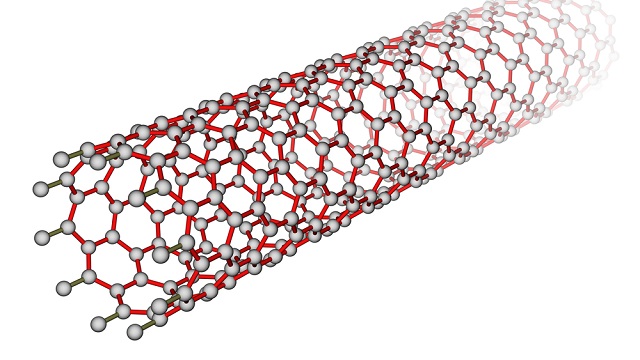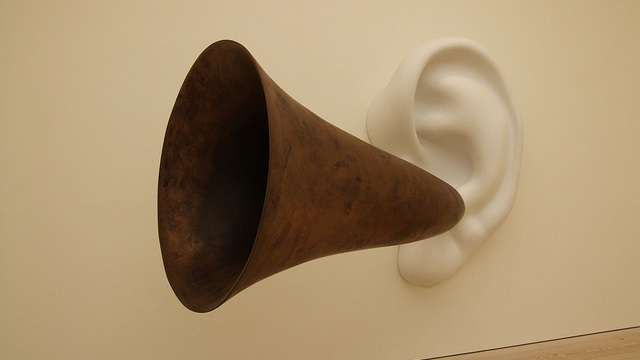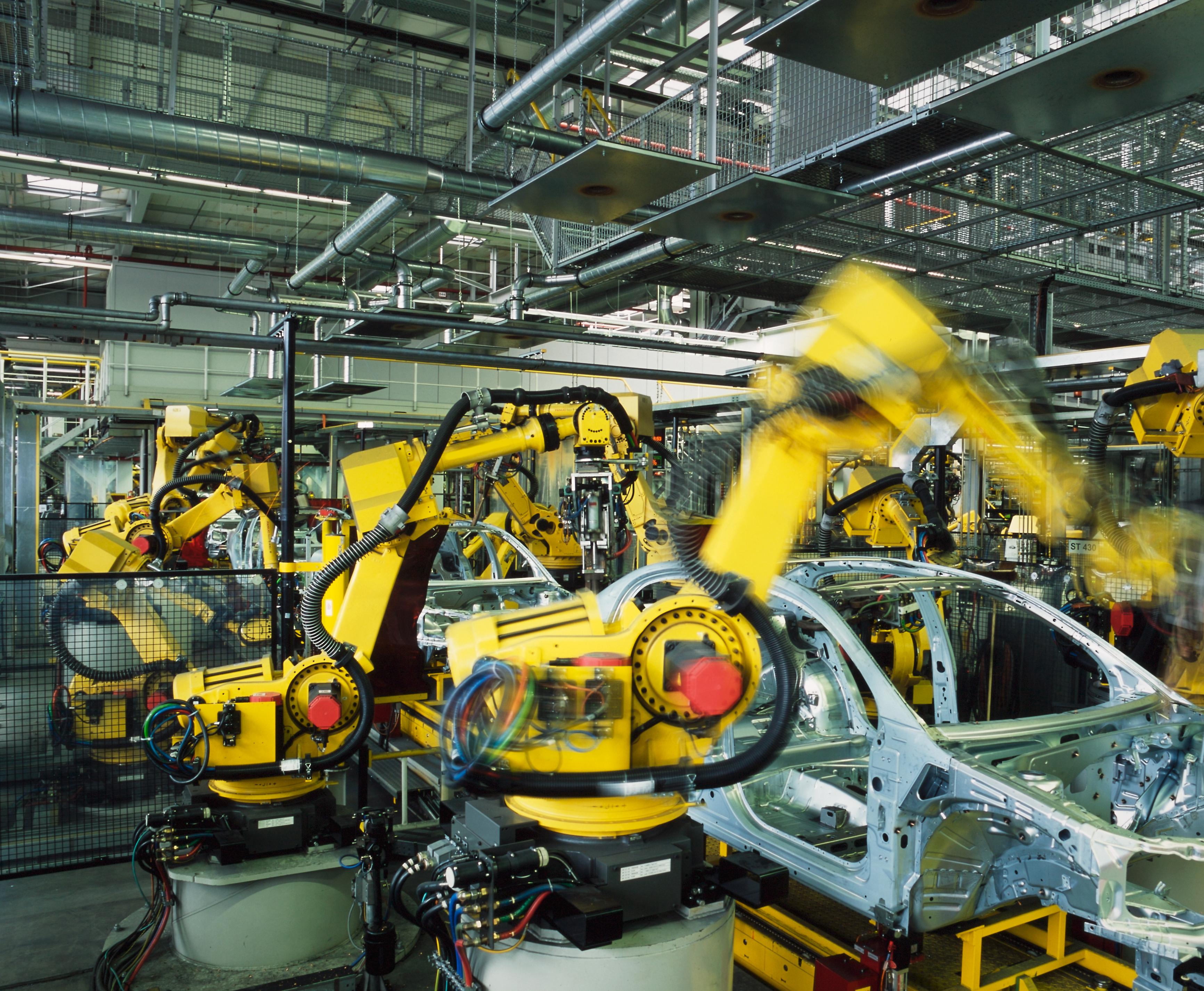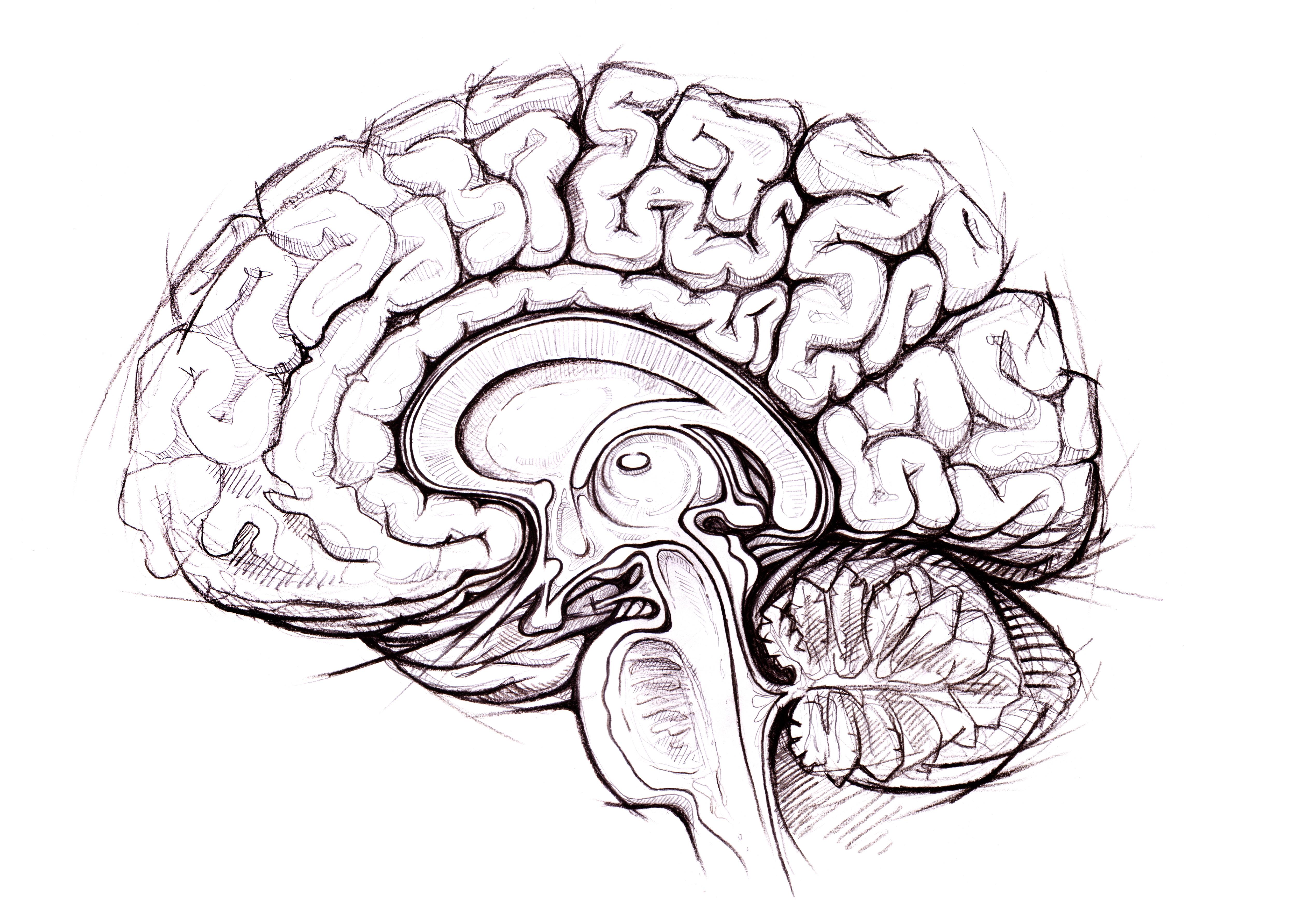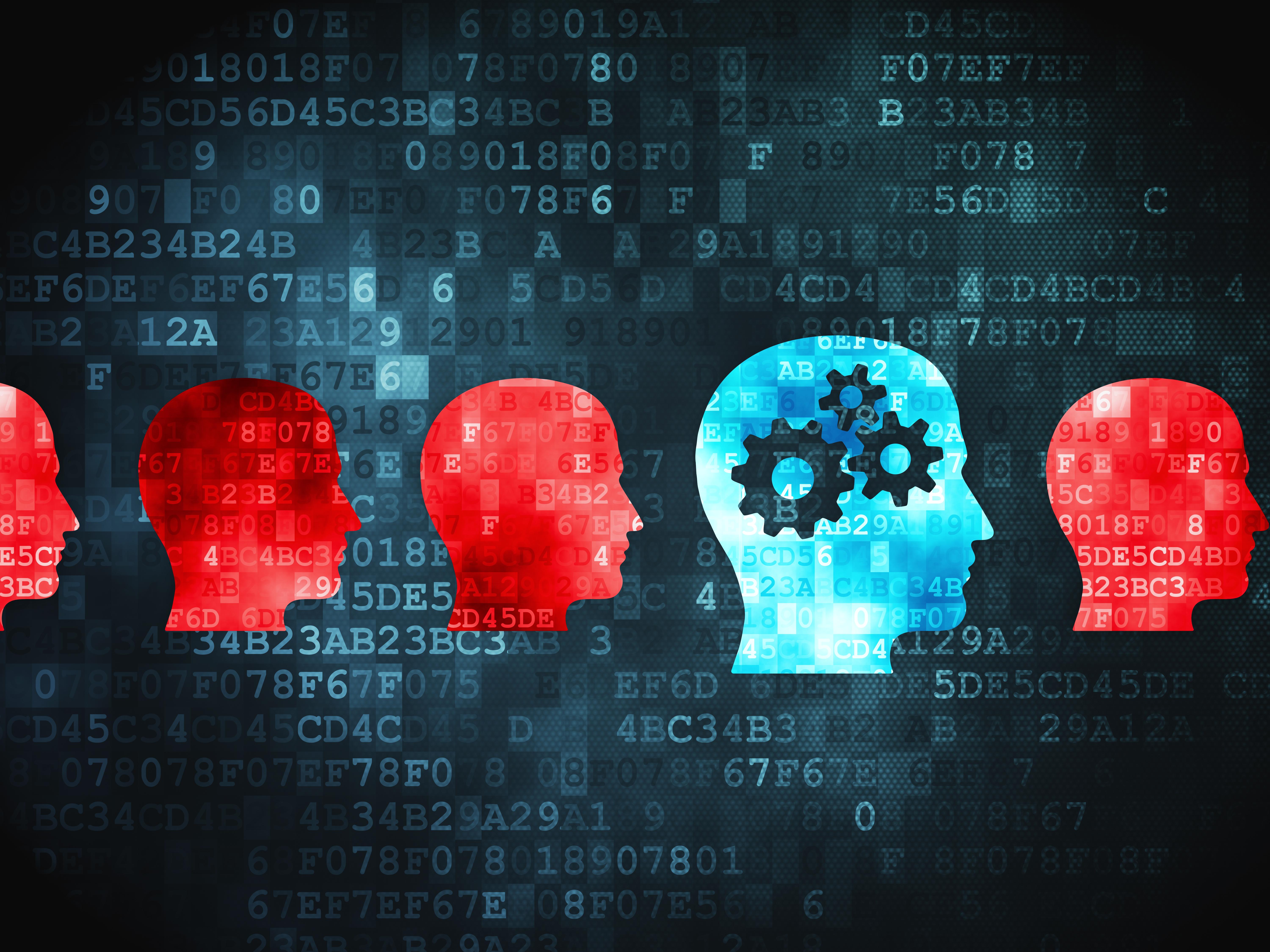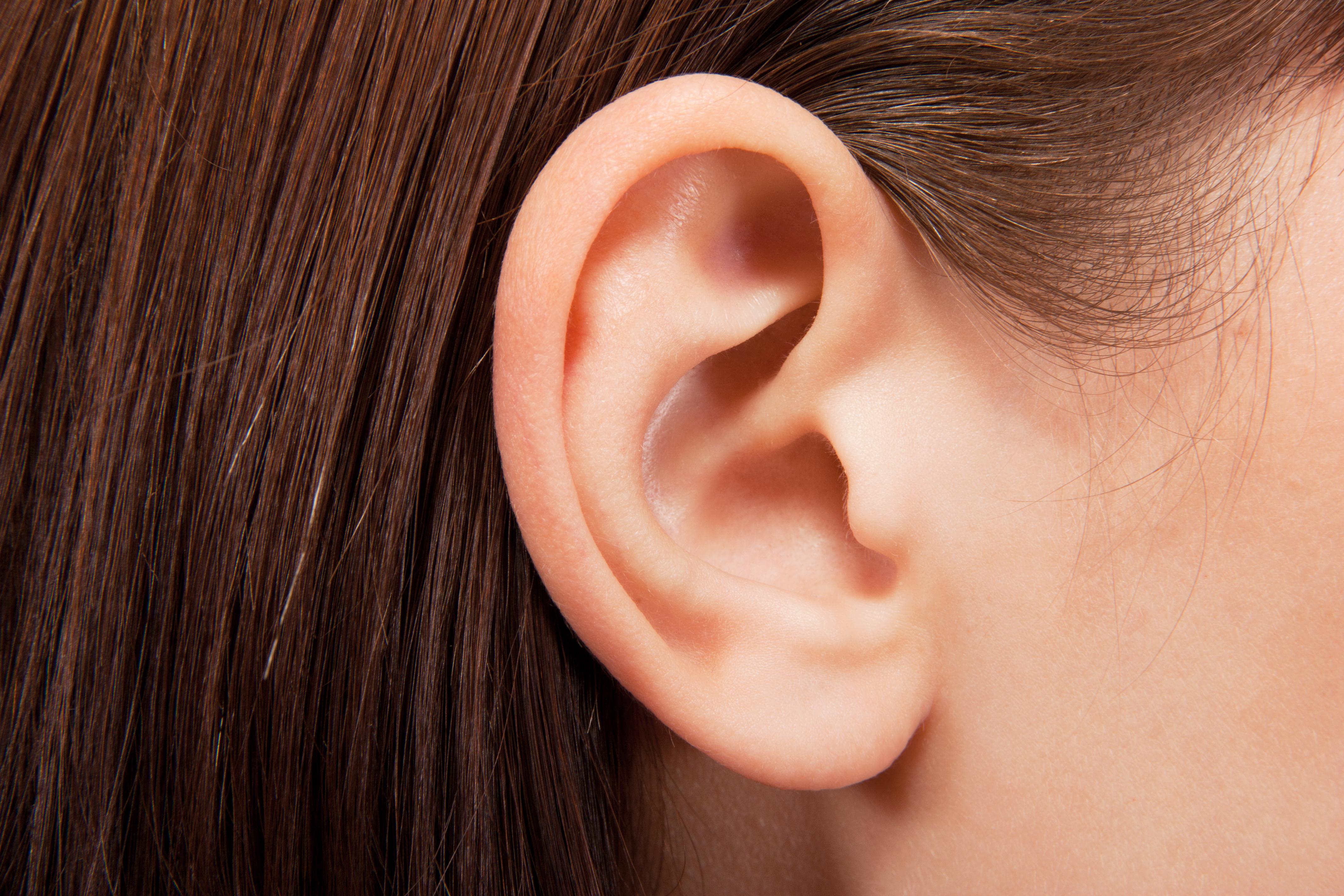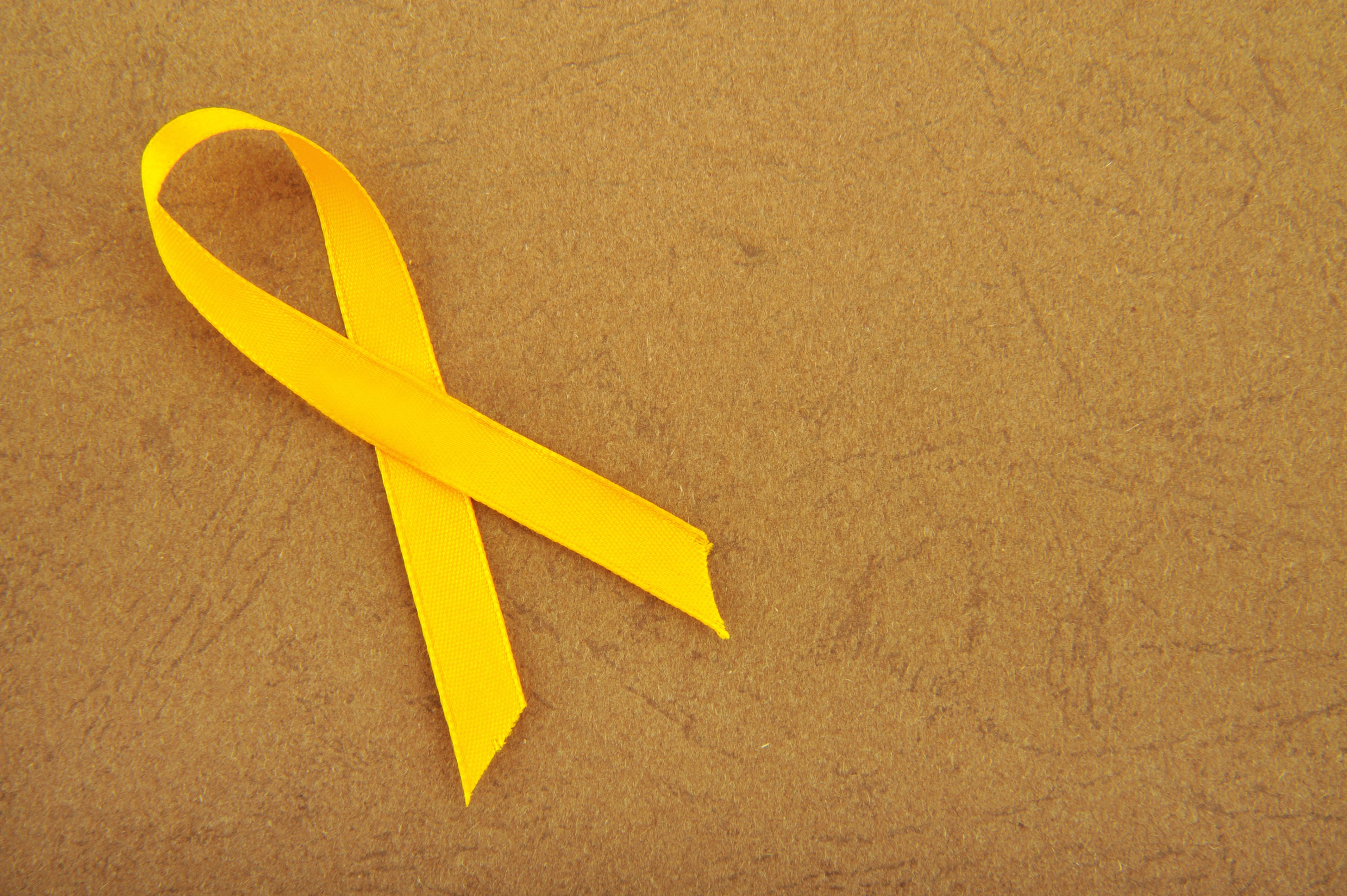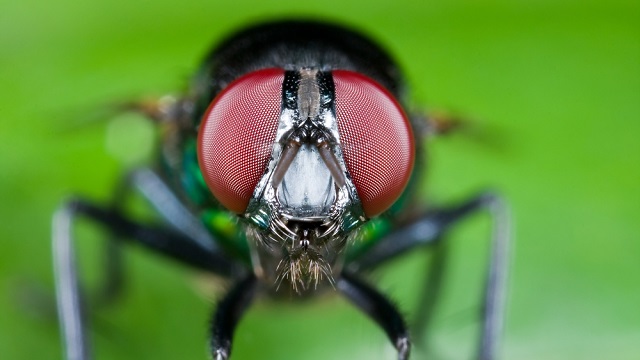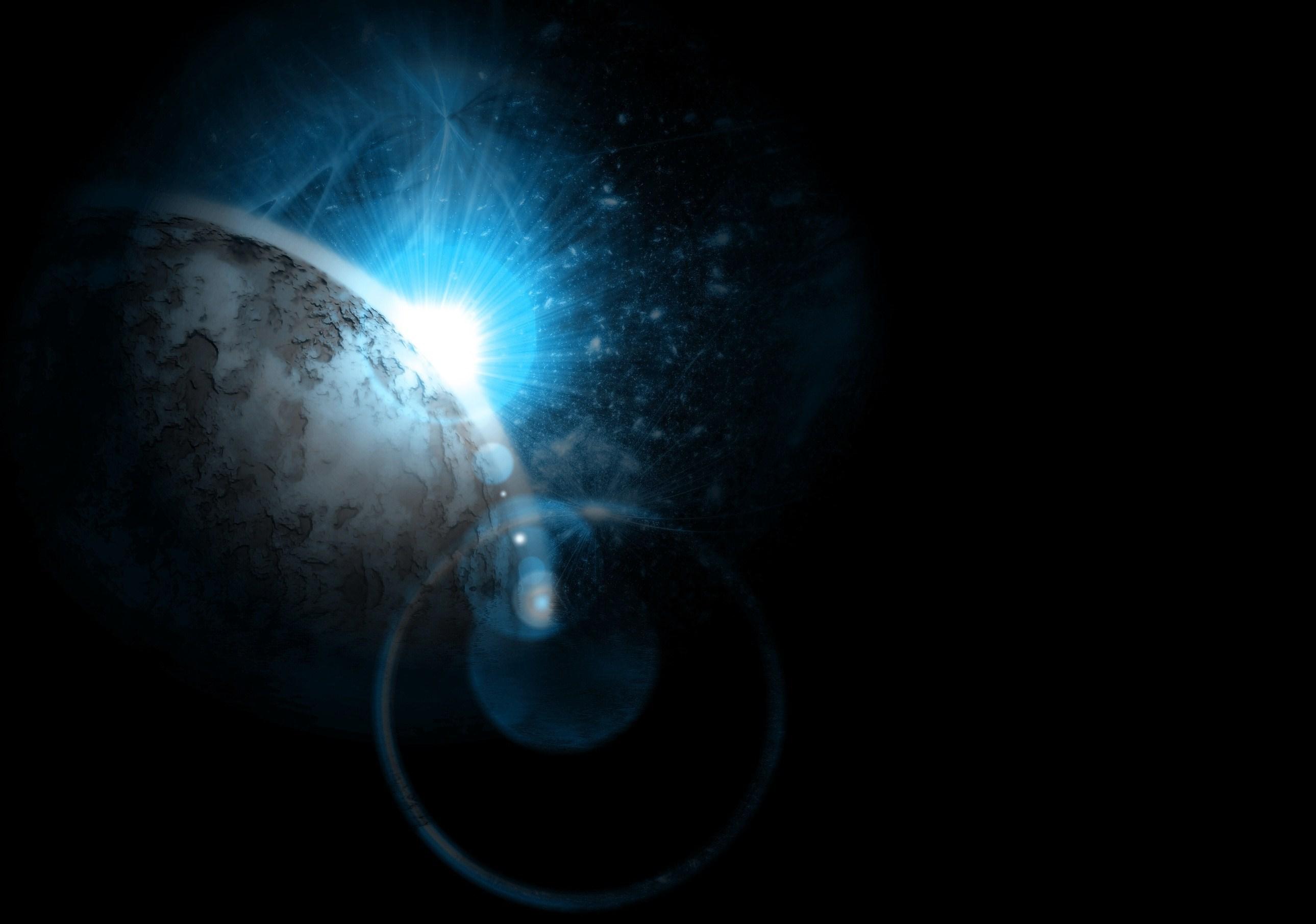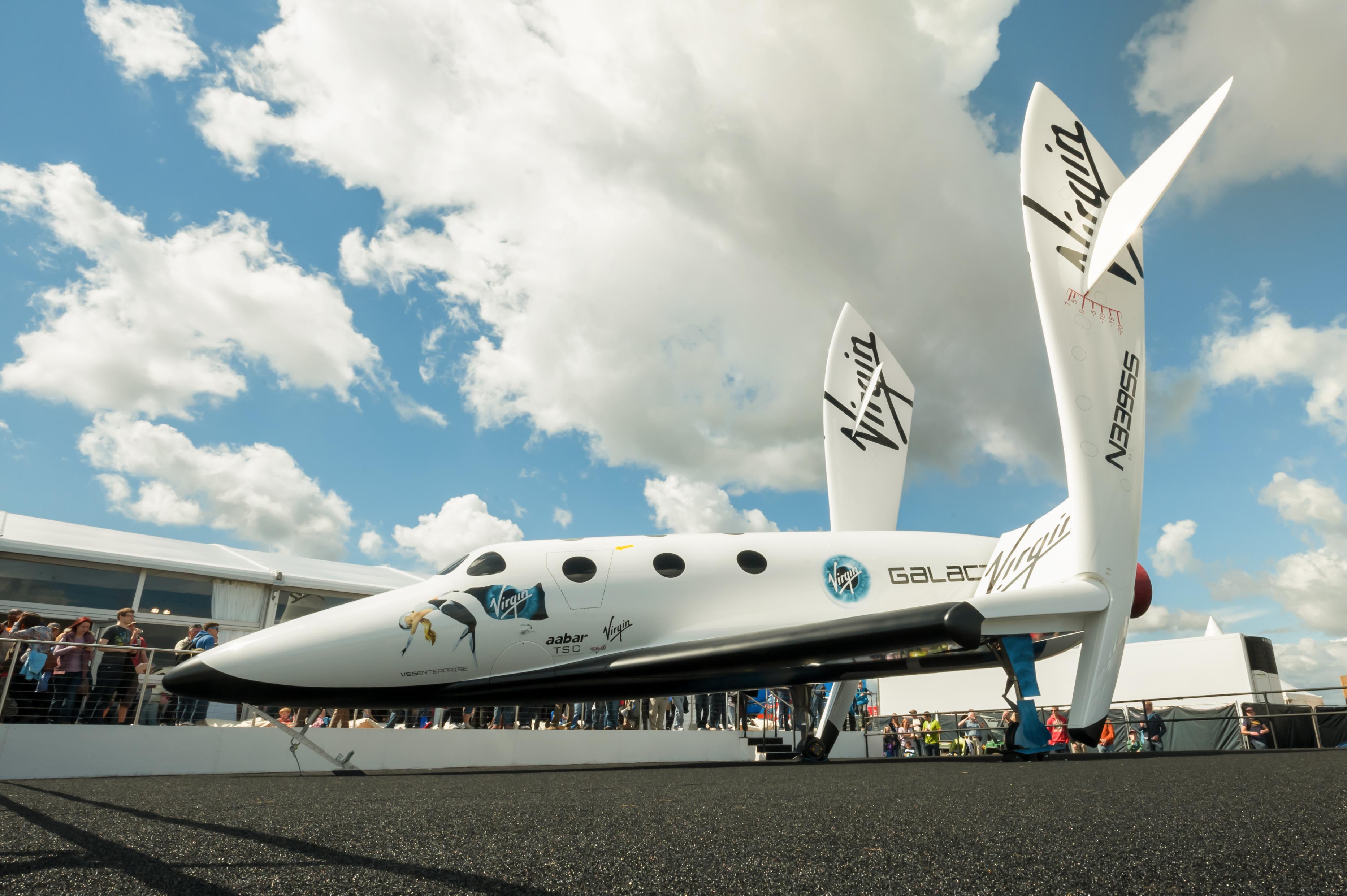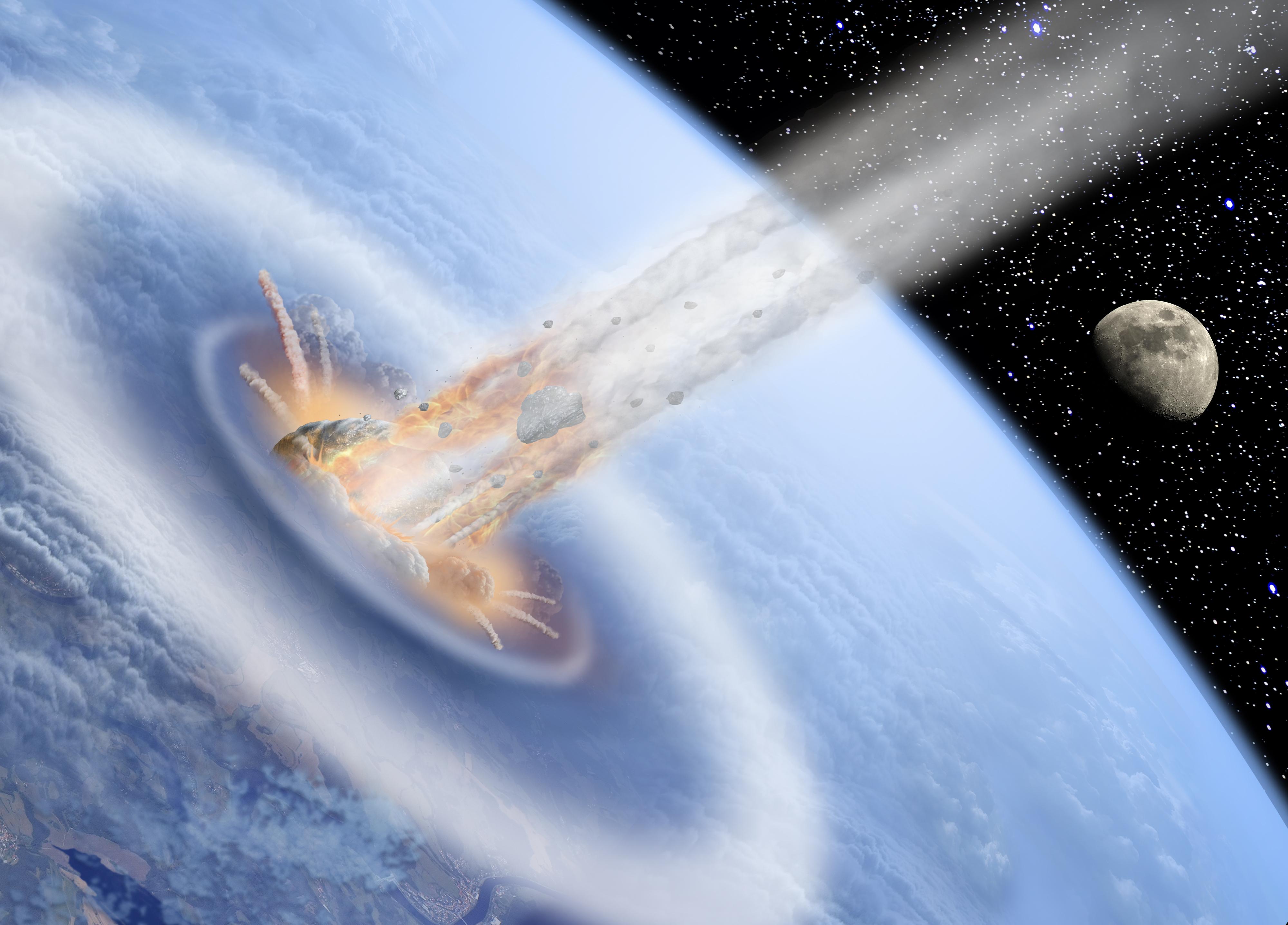Surprising Science
All Stories
The people behind the “Half-Life” series and the Steam platform are now looking at biometrics — specifically, the acidity of a player’s perspiration — to help create more vivid game experiences.
At a time when nanoparticles are literally spreading across industries, the study is the most comprehensive yet that explores the effects of certain types on the lungs.
Handwritten as in “no bubbles”: Next school year, copier giant Xerox plans to roll out its Ignite software to interested schools. It can grade almost any kind of paper, including essays.
After thousands of years, including two centuries of industrialization, steelmaking methods are reaching their physical limits. A group of scientists suggests a cheaper, cleaner alternative using electrolysis.
Not just clean, but cheap: Researchers in India say that for less than US$3 per year, a rural family could have at least 10 liters of safe water each day using their device.
The Eidos goggles and mask isolate and amplify certain inputs so that, for example, someone standing at the back of a crowded auditorium can hear a speaker as clearly as if they were sitting in the front.
Spacewarps.org is the newest project requesting public assistance with finding unusual astronomical objects: in this case, systems containing massive galaxies that bend light around them.
New research breathes life into an earlier theory about a possible connection between cosmic rays and the triggering of lightning during thunderstorms.
While recent focus has been on finding an Earth-like exoplanet in a system’s “Goldilocks zone,” one astrophysicist suggests that that zone might be made wider by taking other atmospheric conditions, such as greenhouse gas amounts, into account.
The 2000s were the first decade since the Great Depression to end with a net loss in jobs despite the fact that economic prosperity is one-third higher than it was 20 years ago.
The discovery of a specific age-related signaling pathway in the brain’s hypothalamus opens up new strategies for combating diseases of old age and extending lifespan, possibly by decades.
Interruptions during work cost us precious mental resources, according to a new study out of Carnegie Mellon. The effects of distraction, in theory, are enough to drop students one letter grade.
The new manual psychiatrists use to diagnose mental illness includes “Internet Use Disorder”, and erases the distinction between grieving over the loss of a loved one and full-blown depression.
There remains a substantial debate in the scientific community over whether brain training games really work to build the brain or just make you better at the isolated tasks which the games assign.
“While there’s quite a lot of research that shows memory worsens as we get older, perhaps the way we choose what to remember is a means of adapting to changes in brain function.”
Scientists at Princeton University have created a bionic ear using a three-dimensional home printer and combined the prosthesis with electronics that can “hear” radio frequencies.
A new solution of particles at the nano scale has been developed by a consortium of American universities that, in mice, has proven effective at controlling type 1 diabetes for days on end.
According to the Centers for Disease Control and Prevention, the national suicide rate has increased dramatically in the past decade such that self-inflicted deaths now outnumber those caused by motor accidents.
Or, more precisely, 11¾: The UK’s National Trust has released its second annual list of 50 things for young people to do out in nature.
Designed with poor communities in mind, the $40 GiraDora works similarly to a salad spinner and allows its user to sit down, avoiding the pain associated with transporting water and washing clothes by hand.
Brothers Ryder and Judd Kessler designed the DipJar to enable even plastic-only customers to leave something for good counter service.
Or, more specifically, an insect’s compound eye: Researchers built an array of individual lenses and detectors and then bent it into a hemispherical shape. The result is a scalable system that could surpass anything found in nature.
Located 1,200 light-years from here, in the northern constellation Lyra, NASA’s Kepler spacecraft has discovered two planets whose size and orbits make them the exoplanets most similar to Earth yet.
The day marked the first time a commercial plane broke the sound barrier since the supersonic Concorde was retired in 2003. Soon, Virgin’s craft will be travelling faster than the Concorde.
The explosion of a meteor above the Russian city of Chelyabinsk in mid-February, while sparing lives and damage to the city, served as a stark reminder of Earth’s vulnerability to asteroids.
If we are to ever reach beyond our own planet, possibly colonizing asteroids and Jupiter’s moon Europa, we need a better propellant system. Rocket scientists recommend nuclear power.
A pair of British authors is set to release a new book next month detailing the adverse health consequences of economic austerity programs on the citizens of nations who implement such measures.
Too many patients who are dying of natural causes receive dramatic surgeries near the end of their lives, only serving to sustain their pain and suffering while seldom adding time to their lives.
The neuroscience of eating is a budding field that may have profound implications for how we understand, and ultimately defeat, the public health menace that is obesity.
Researchers have created the first successful method for bypassing the blood-brain barrier, opening new treatment options for patients suffering neurodegenerative diseases.

